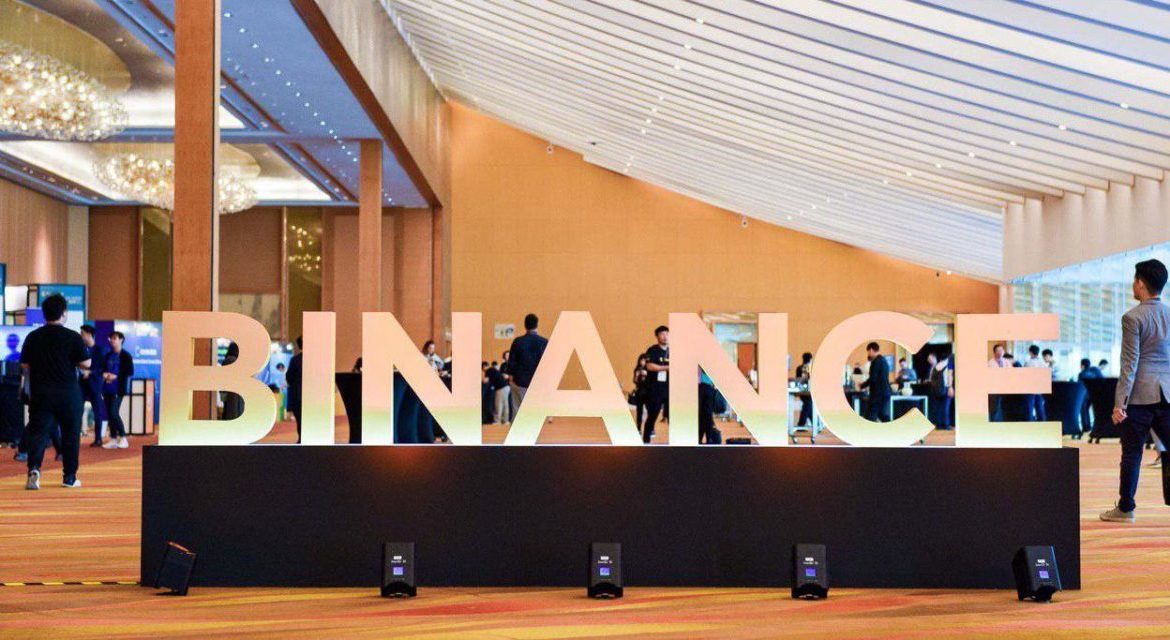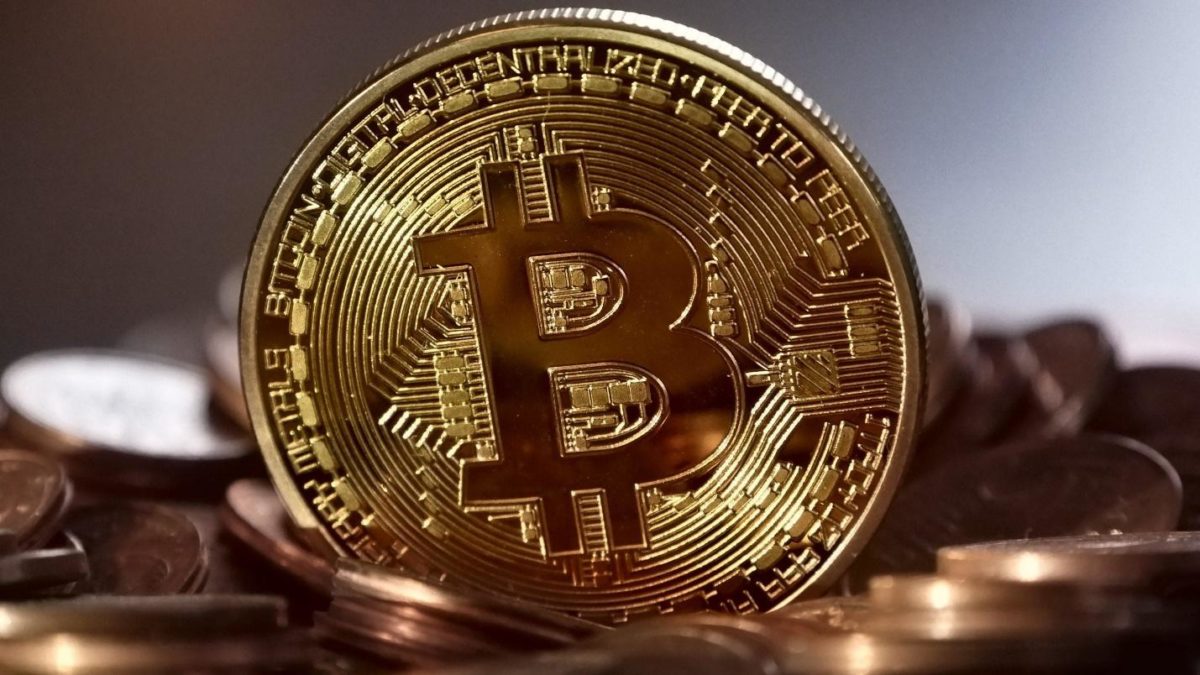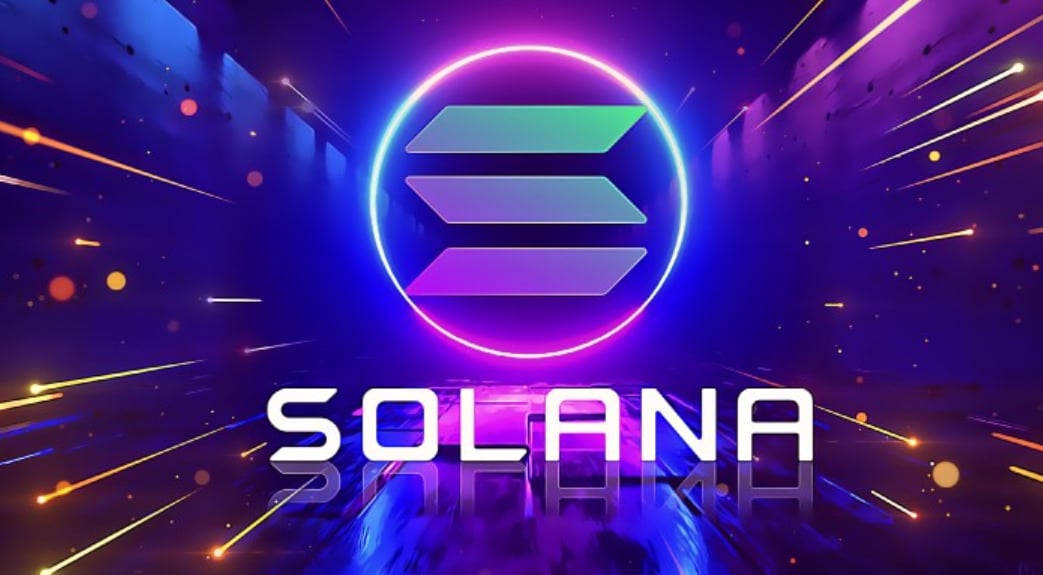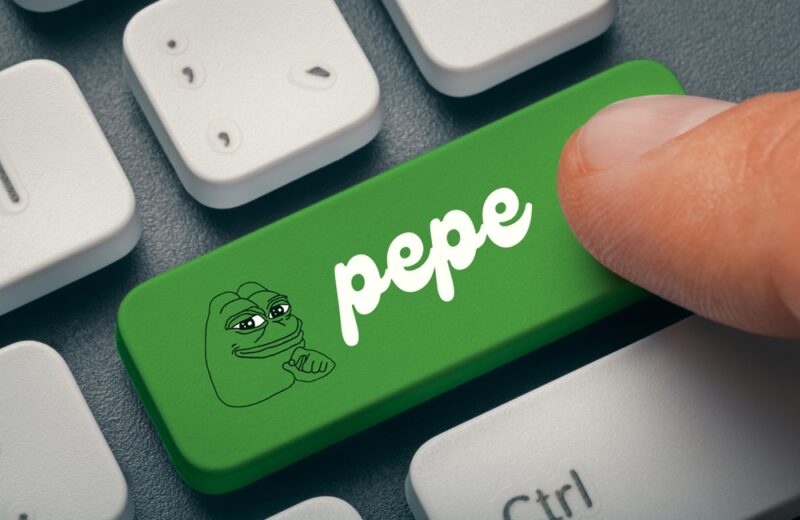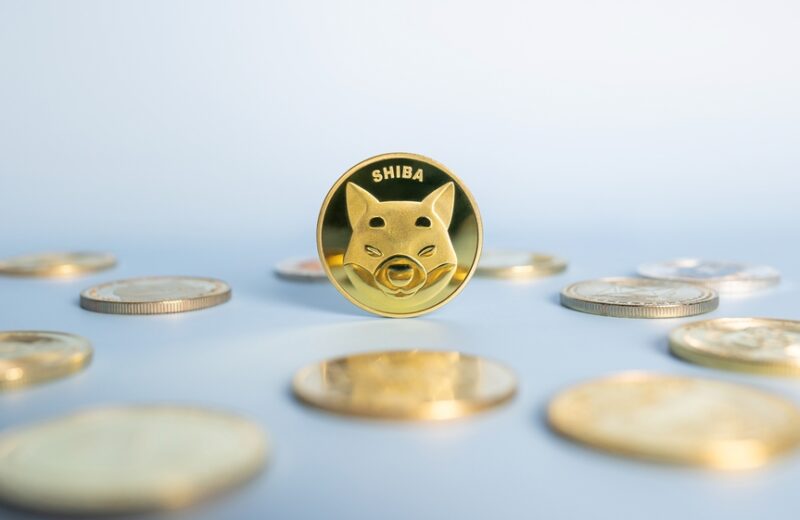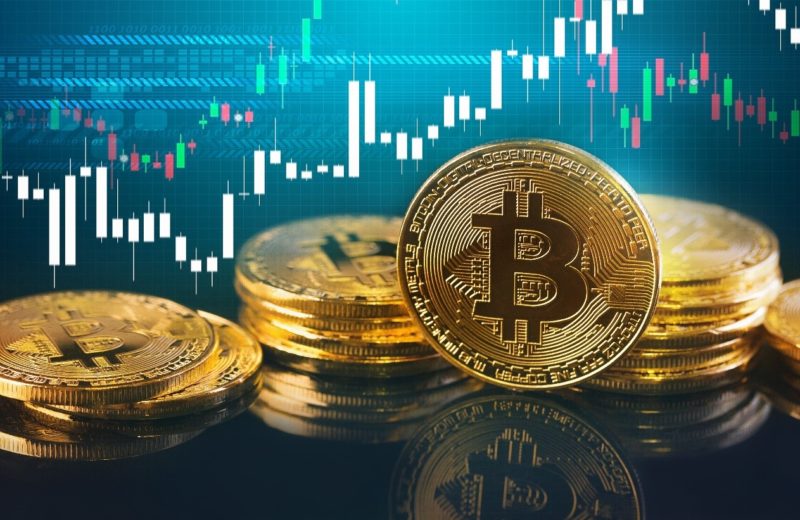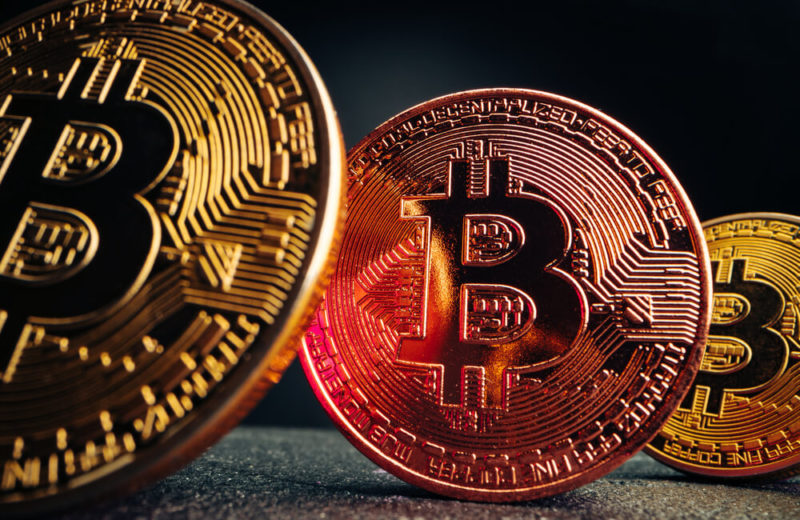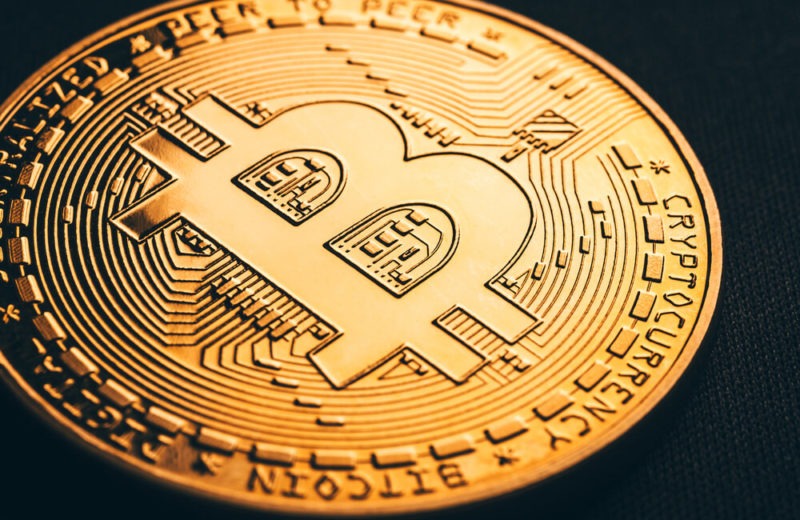Binance Holdings Ltd is switching to a “semi-automated” procedure for processing the reserves that back the tokens it produces. This happened after years of poor handling that jumbled the reserves with other client funds.
The largest cryptocurrency exchange in the world admitted last month that it had unintentionally maintained collateral. More than 40 of its 94 Binance-pegged assets were in a single $16 billion wallet. The wallet also contained funds belonging to exchange customers. From 2020 to 2021, reserves for one major stablecoin were not documented properly. At times, they were leaving gaps of up to $1 billion in externally apparent funds.
According to a spokesperson on Wednesday, Binance has now established a partially automated process. The fresh process makes sure B-Tokens are always backed. This means new coins can only be made after collateral has been added to the right wallet. Moreover, reserves are divided into 36 specific collateral wallets.
Moves to Ensure 1:1 Backing After Errors
Developers have had to come up with methods to use tokens like Bitcoin on different networks. This is due to crypto assets being usually only compatible with the blockchain that “birthed and raised” them. In order to make third-party tokens like Ether, USDC, and USDT useable on other blockchains, such as the platform’s own BNB Beacon Chain and BNB Smart Chain, Binance creates its own billion-dollar-worth versions of those tokens.
The exchange will eventually mint the new token on the user’s preferred chain. Before then, a user requests that Binance Holdings Ltd issue a new B-Token, an equivalent quantity of collateral in the original coin that is meant to be locked up in a dedicated wallet. In this way, reserves held apart from other funds on the exchange should always support B-Tokens one to one.
Some B-Tokens were under guard after a previous mixing of more than $539 million in B-Token reserves and client cash. The collateral ratio for one token was around 22,700%. The spokesperson noted that some tokens might still be somewhat overcollateralized after the adjustments to provide for any “unexpected increases in demand.”


